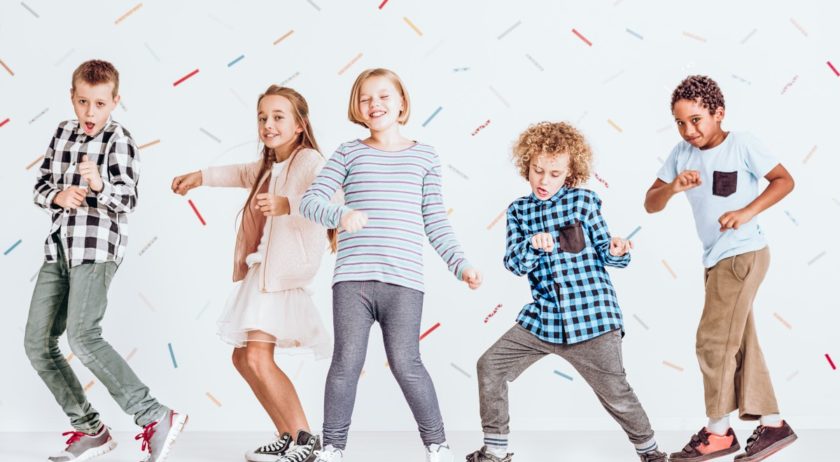Dance is great exercise, artistic, athletic, and an opportunity for joy. It is also one of the best activities for practicing and improving executive functions. Dancers must follow a sequence of steps, sustain their focus, display self-control, and learn from their mistakes. When dancers have partners or are part of a team, they need to collaborate and understand the strengths and weaknesses of fellow dancers. They need to “amp up” or tone down to make the collaboration work.
Dance comes in a variety of forms and both requires and improves physical flexibility and mental agility. At its most basic level, dance is often vigorous exercise, a powerful tool for improving executive functions. Dance also requires a series of movements, often intricate in nature. Complex body movement such as those in dance have been shown to improve focus and attention, making dance a tremendously beneficial activity for kids with ADHD and executive dysfunctions. In many ways, dancing is good for kids’ brains.
Dance both requires and strengthens the executive functions of focus, working memory, and social thinking. Dancers need focus to learn new dance moves, while combinations and choreography engage working memory. In addition, it takes tremendous physical and mental discipline to master anything more than the most basic choreography.
Many forms of dance require coordination with a partner or even large groups of other dancers. This means that dancers need to have some recognition of their own strengths and weaknesses as well as those of their partners. In group dancing, staying in step with the rest of your team and being alert to any mistakes by others are important.
Here are some of the ways that dance impacts executive functions:
Focus – The executive function of focus is required in the activity of dance when dancers are learning a new move. Focus allows dancers to follow their teacher’s direction carefully and perfect their footwork. Focus also involves task persistence. Dancers who want to better their dance moves can do so by practicing the moves repeatedly until they master them and feel confident they have done them correctly.
Working Memory – Dancing requires dancers to learn routines one step at a time. Working memory is practiced and improved during each dance class when dancers learn a new dance move. Dancers need to remember previously learned moves from one class to the next and build upon those moves in order to make it to the final routine piece.
Social Thinking – Any type of dance that is done with others requires coordination and recognition of one’s fellow dancers. Dancers may need to follow more experienced partners or learn to lead them. They may also want to consider the type of dancing that fits their own style and capacities when choosing what to pursue.




